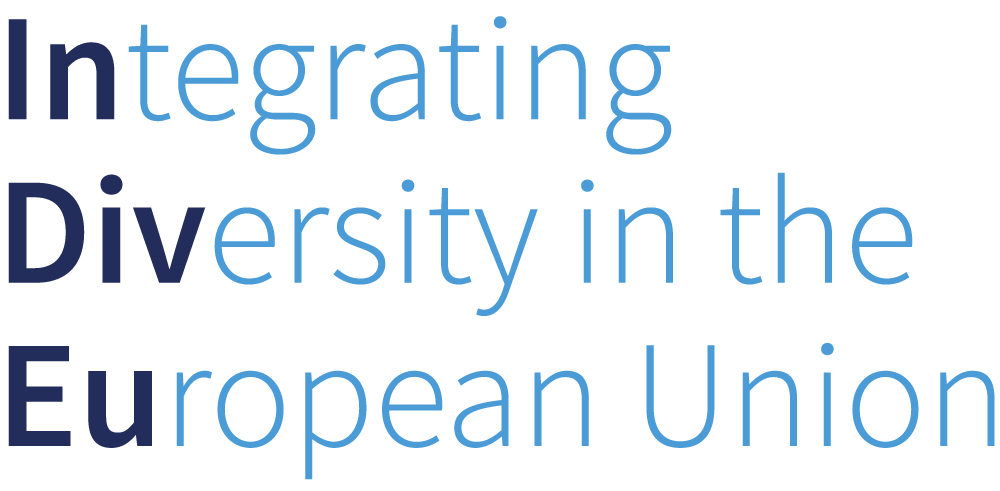The literature on differentiated integration (DI) suggests that demand for differentiation is rooted in the heterogeneity of EU member states’ preferences, capacities, and dependence. The sources of heterogeneity are traced to differences in size, wealth, and identity of the member states. This paper uses new data from 27 MS on expressed governmental preferences to test some of the associated hypotheses. It seeks to contribute to the literature in three ways: First, rather than focusing on the existing degree of legal differentiation, the paper focuses on what governments say they want. Second, the existing literature has focused mainly on differentiation originating in demand for less integration. This paper draws a clearer distinction between DI originating in demand for less integration and DI originating in demand for more integration. Demand for less integration relates to the opt-out mechanism, while demand for more integration relates to the enhanced cooperation mechanism. Finally, the paper distinguishes between expressed preferences for differentiation at the policy level and at the polity level. What governments want with regard to a specific policy may be very different from what they want with regard to other policies and with regard to European integration as a whole.
*This event will be on Zoom. Registered participants will receive the meeting ID and password on the day of the event.
Speakers:
Claudia Badulescu
Stefan Telle
Daniel Fernandes
